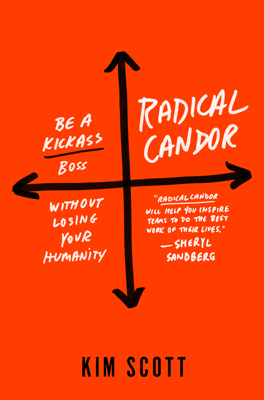Get, Give, and Encourage Guidance: Creating a culture of open communication
Creating a Culture of Open Communication
- The Importance of Direct Feedback: Kim Scott discusses the significance of honest, direct feedback in fostering effective communication and development within a team. The anecdote involving Sheryl Sandberg at Google underlines how candid feedback on small details like verbal tics, although seemingly minor, can have a significant impact on personal development and confidence.
Operationalizing Good Guidance
Balancing Positive and Negative Feedback: The approach involves balancing both positive reinforcement and constructive criticism. Good guidance includes personal care and direct challenges.
Framework for Effective Feedback:
- Care Personally: Display genuine personal concern which isn't about being purely nice but about showing you care about the individual as a person.
- Challenge Directly: Being straightforward about what is going well and what is not.
Avoidance of Common Pitfalls:
- Ruinous Empathy occurs when too much care leads to inadequate challenge, typically resulting in unaddressed issues.
- Obnoxious Aggression appears when one challenges without showing personal care, often leading to resentment or decreased morale.
- Manipulative Insincerity happens when neither care nor challenge is effectively communicated, typically manifesting as non-genuine praise or unaddressed complaints.
Real-life Application and Lessons
Interpersonal Interactions: Even brief interactions, like a stranger giving guidance in handling a pet, can illustrate the power of blending care with directness.
Workplace Scenarios: Various examples including interactions with bosses and colleagues, and differing feedback styles across various cultures and workplace environments.
Refinement of Feedback Skills: Emphasis on understanding and adapting to the reactions and sensibilities of different individuals, and continually refining the approach to giving and receiving feedback.
Encouraging a Feedback-Rich Environment
Soliciting Feedback: Actively seeking feedback on oneself as a precursor to offering guidance, establishing a two-way street for communication.
Instilling a Feedback Culture: Encouraging team members to offer both praise and criticism constructively across the team to foster an environment where improvement is continually sought.
This chapter essentially builds on the principles of Radical Candor, emphasizing the necessity of maintaining a balance between genuine care and direct challenge to cultivate a healthy, forward-moving workplace environment.
